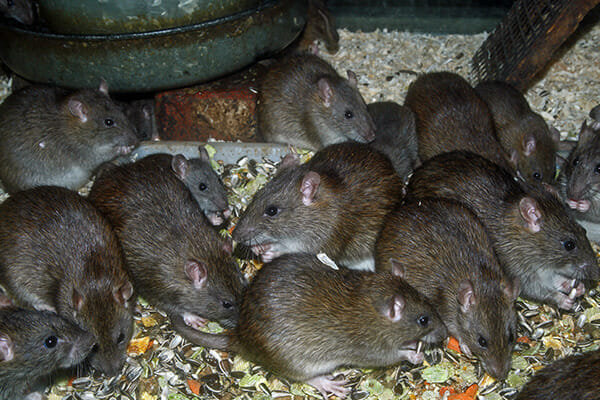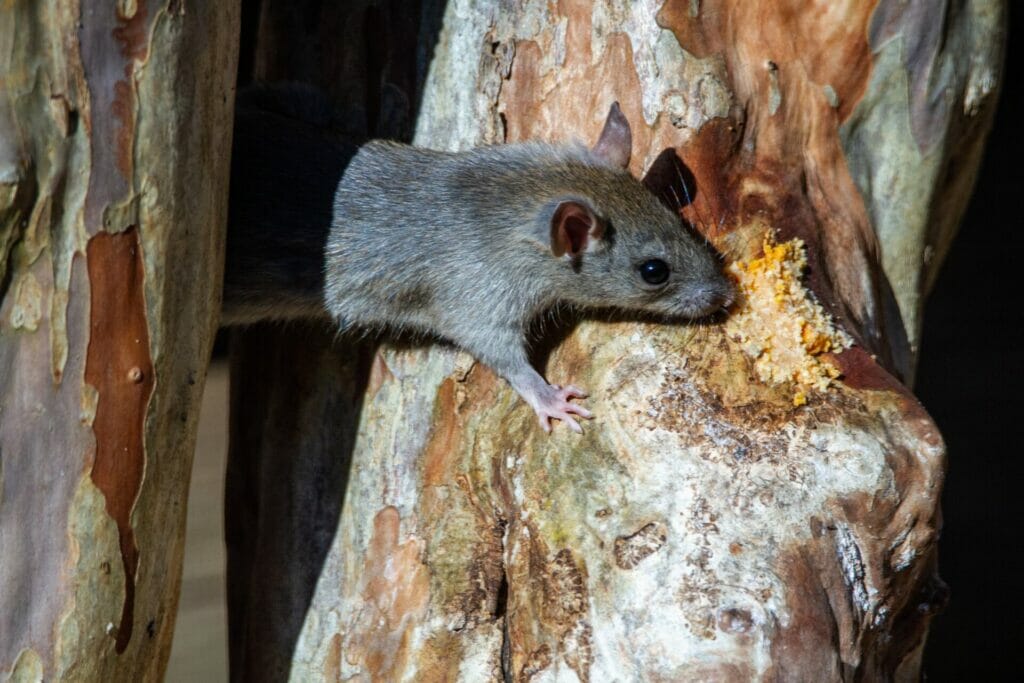How to Tell If You Have Rats or Mice
In order to develop a pest control plan to handle a rodent infestation, you need to get an idea of whether you’re dealing with rats or mice. They are similar in appearance, behavior, and diet, so it’s easy to get the two confused. But there are a few distinct differences you can consider that can help you determine which one you may be dealing with.
When trying to determine if you have mice or rats, consider the following:
- Physical characteristics. What does the rodent look like? Pay attention to size, tails fur color, and other aspects of the rodents’ appearance.
- Rodent droppings. What does the fecal matter left behind look like?
- Food preferences. What are the rodents targeting for meals? Though rats and mice do have similar diets, there are a few key differences you should consider.
- General behavior. Where are the rodents building their nests? This may help you determine if you have mice or rats, and might even help you identify what species you’re dealing with.
If you ask yourselves those questions, you may be able to tell what sort of rodent infestation you have. Below, we’ll explore how mice and rats are different in each of those categories.


